Cehrabehra
Super_Ideal_Rock
- Joined
- Jun 29, 2006
- Messages
- 11,071
Yes, I''ve done the searches LOL But I can''t find anything about what sort of fire yellow diamonds have... do they refract full spectrum the way near colorless do? When they reflect light off their table etc does it stay white or does it always come back yellow? Also... if you *want* to see a difference between stones, how many color grades apart do they need to be?



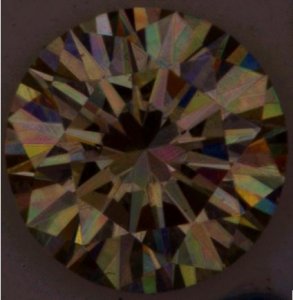
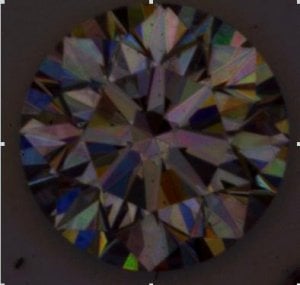
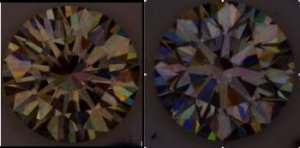

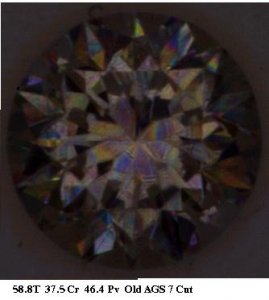
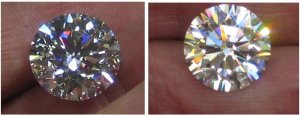
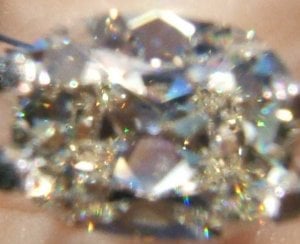
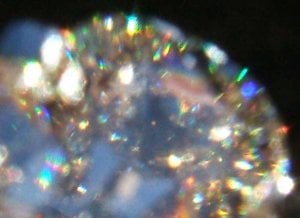
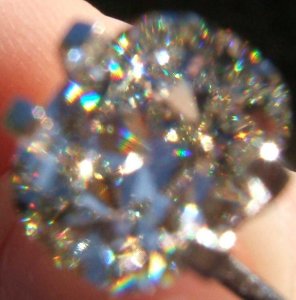
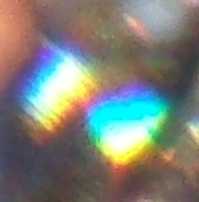


300x240.png)